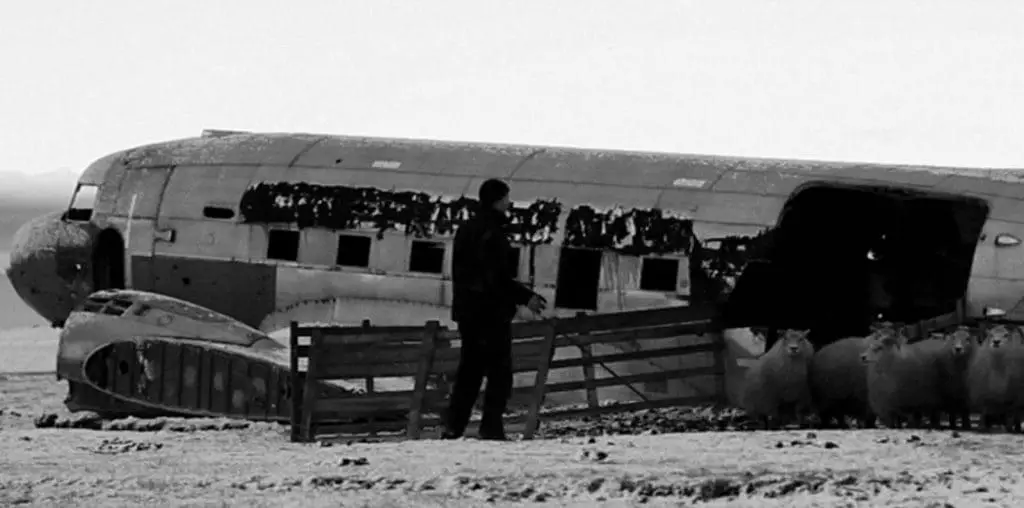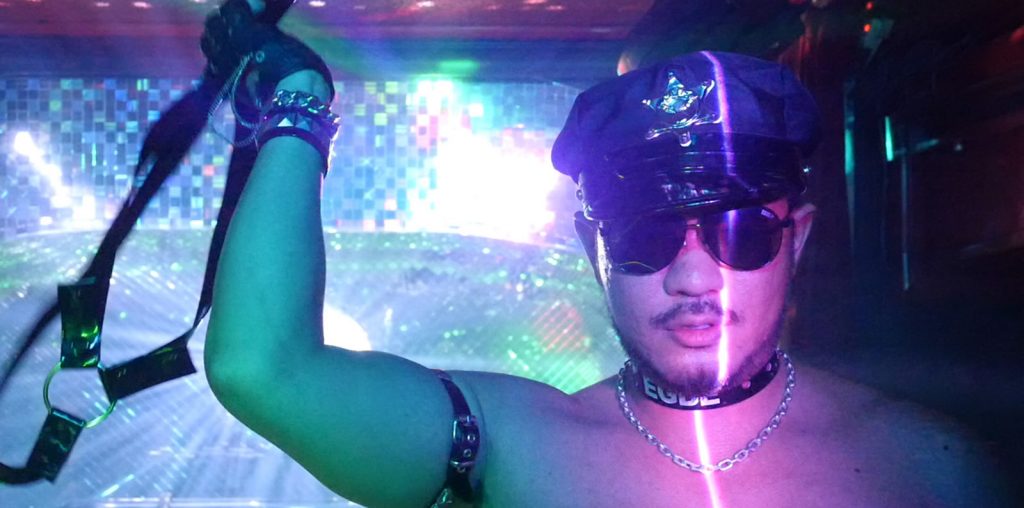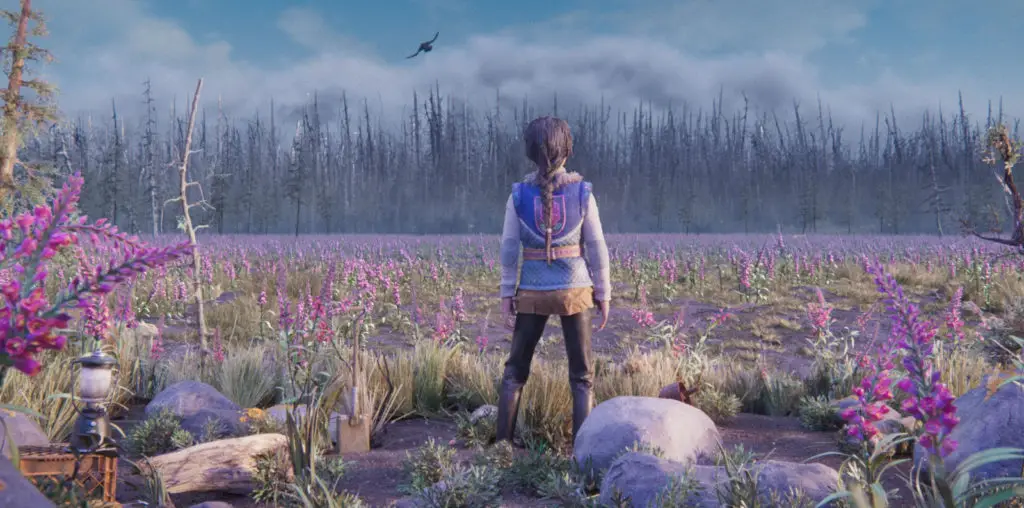
In the opening moments of “M: I-2”, we hear an urgent message from Dr. Nekhorvich (Rade Sherbedgia) to an old friend. He tells us that, “…in order to create a hero you must first create a villain.” From the offices of his biotech employers in Australia, the doctor has done just that. Bellerophon was a man of greatness in Greek mythology untested until he slew the mythical beast, Chimera.
Bellerophon and Chimera are also the names of the doctor’s creations. Before he can reach safety in the U.S., he unfortunately creates a new villain in the form Sean Ambrose (Dougray Scott), a now rogue agent for the Impossible Mission Force who intercepts the doctor. Now agent Ethan Hunt (Tom Cruise) must determine the true nature of Chimera and locate Ambrose. The only means available is through thief Nyah Hall (Thandie Newton), a former Ambrose associate of whom Hunt grows fond.
The original “Mission: Impossible” television show ran on CBS in the ’60’s and ’70’s. It was about suspense, clever plots and subterfuge with little time for emotion. In 1996, Tom Cruise and director Brian DePalma made the first “Mission: Impossible” movie. Who the hell knew or cared what that was about?
For the sequel, producer-star Cruise sought out the man who is likely the best action director in the world, John Woo. No overnight success, Woo spent around twelve years directing movies in Hong Kong until he found his signature style with 1986’s “A Better Tomorrow”. The typical Woo film features one or more outsiders as heroes. Cut off from all help, they journey into a heart of darkness (or something like that) on their way to a final, apocalyptic battle they know they will probably not survive. Woo’s films operate on the emotional level of opera. The action scenes are ballet. These pictures are about honor, justice, and brotherhood.
What they’re not about, are women. Male-female relationships are usually non-critical plot details in Woo’s films, and now he has a star in Cruise who, unlike Chow Yun Fat, Nicolas Cage, and John Travolta, is not known for his chemistry with his female co-stars. Of course this film revolves around a love triangle between the smiler, Newton and Scott. Only Scott, who was screwed out of the Wolverine part in the new “X-Men” film for this picture, displays anything resembling passion for another character.
Working against star and director is that, unlike the original film, Ethan Hunt is not alone. He has a small team and the resources of his organization at his fingertips. While the sequel’s plot is easier to grasp than that NOC-list / rogue agent garbage of the first movie (for all the talent at their disposal, the IMF seems to have a lot of renegade agent problems), it’s strangely difficult to care. Without a star and plot that convinces you that his entire world is at stake, the elaborate actions lose any sincere emotional context.
In the opening moments, we’re told that a hero needs a villain. What we’re not told is that a story needs to connect with its audience. It doesn’t matter how much money the studio blows on special effects. It doesn’t matter how many extra months the director spends creating impressive action scenes. If the audience is not emotionally invested in the fate of the heroes, no amount of explosions will make them care.


